Hey teacher, what kind of a dancer are you?

The educational program HA Almen is the first to become blended. By the end of 2022 all programs should be blended, according to Annemette Kjærgaard. (Photo: Lisbeth Holten)
“Don’t just take up the same waltz as others, create your own dance,” says Mark Brown, professor in digital learning, Dublin City University, Ireland. He encourages the initiators at CBS to remember that blended isn’t just a big idea in itself, rather, it should serve big ideas in students when they kick off their new five-year blended learning project.
CBS is about to move into a new era of teaching. From now on and the next five to six years, CBS wants to develop and implement new forms of teaching and learning based on blended learning. Taking up the advantages of new technology and IT-based solutions and blending them into a teaching setting in all educational programs at CBS by 2022. (See fact box)
The new research based project called RiBL (Research in Blended Learning) has received DKK 25 million funding from the CANDYS Foundation, and it was launched on the 24th of October.
“The following six years, a lot of things will happen. First of all, we will have to set the academic team and start up a research network at CBS in regards to blended learning. It is extremely important to base our work on blended learning with research, as it gives us the opportunity to investigate the effects of the initiatives we put into force. Furthermore, we will create new possibilities for international collaborations,” says Annemette Kjærgaard, Vice Dean of Education at CBS.
At the launch, several speakers from inside and outside of CBS were invited to give their inputs on the topic of blended learning.
One of the key note speakers was Mark Brown, a Professor in digital learning from Dublin City University, Ireland. In his speech, he put an emphasis on the need to be radical and thinking big, when implementing blended learning. This is because one of the pitfalls of blended learning is that too many universities just go along and do the same as the others.
“One of the pitfalls when implementing blended learning is that too many go by the same, or just add something to their previous teaching. Blended learning isn’t just a big idea in itself, but it should service big ideas in the students,” Mark Brown said at the launch of the project and continued:
“I say, push the boundaries, be bold. Don’t just take up the same waltz as others. Create your own dance,” he urged the initiators of the project.
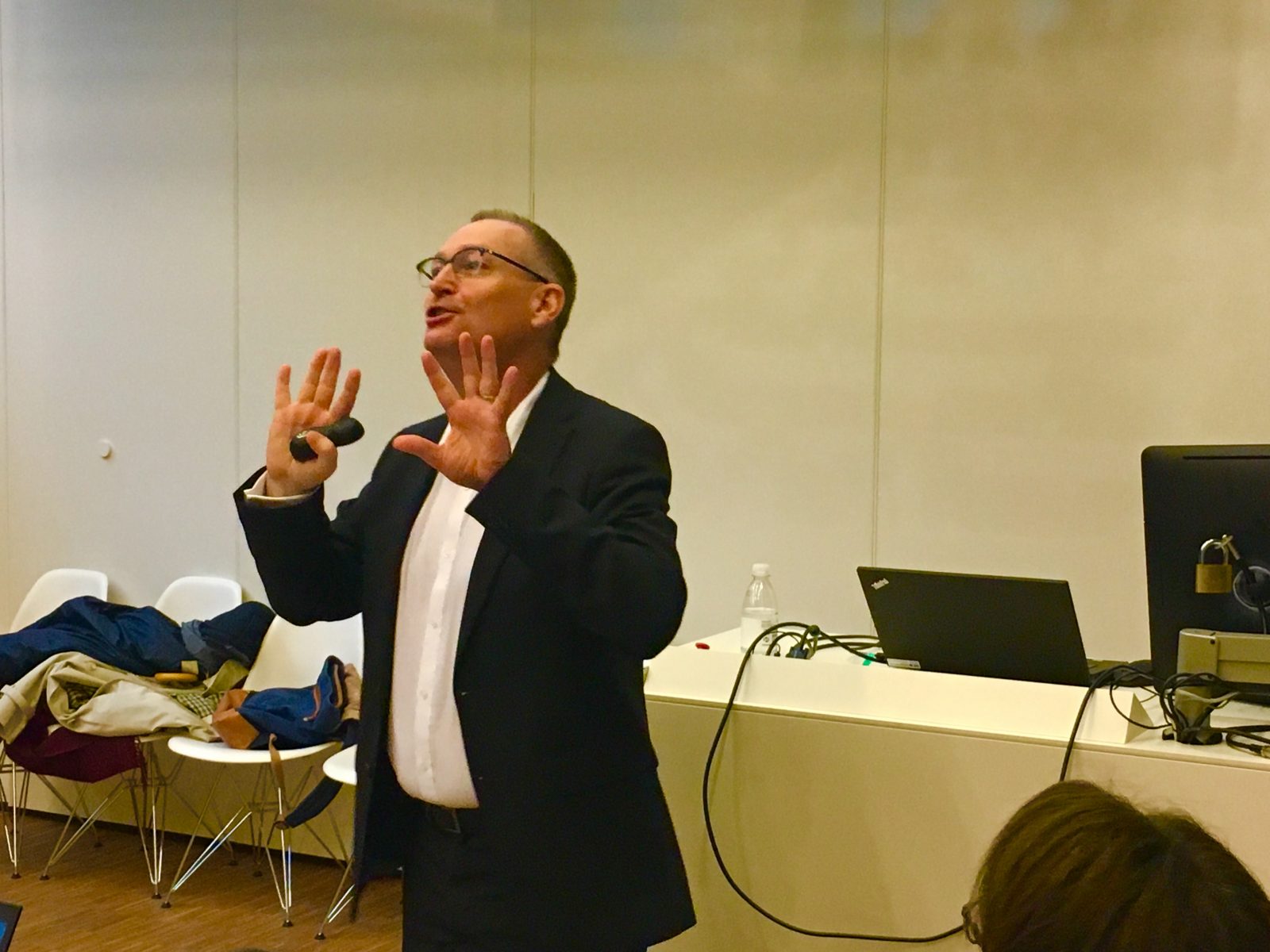
Document the impact
To Mark Brown, a lot of learning institutions have been struck by the phenomenon: FOMO. Fear of Mission Out.
Many have tried to take up and implement the trend of blended learning, but things aren’t changed in a day, and this is why many institutions fail. Because of this Mark Brown is pleased to see that CBS takes blended learning seriously by putting up a five-year project involving researchers, teachers, and students.
“The length of this project is really good, and by having researchers connected to the project, you get to measure the impact. And by impact I’m not only referring to student satisfaction and achievement, but also whether the students actually talk about their lecturers. This has an impact as well,” he says.
Blended learning all over the place
According to Mark Brown, people tend to put too much emphasis on the technology part of blended learning and that it most often takes place in the classroom. This isn’t only what blended learning is about.
“Blended learning is also about learning spaces. This place right here is actually quite nice, with a funky-colored sofa and such, but it could be greatly enhanced as a learning space,” he points and continues:
“Look around. There is no power supply, and today you need a laptop or your smartphone in order to set up a working and learning station, so obviously you need power. Instead, this place just becomes a disconnected place for learning,” says Mark Brown.
He gives another example on how to improve learning spaces.
“Usually, when students go to a lecture hall, they have an expectation of what is going to happen. And most often, it’s a lecturer standing in front of a screen sharing his or her knowledge. But what if you made physical changes in the room that would make it a better fit for group discussions and dialogue? It could be a simple thing like making the seats able to switch from one side to another, so that students can form groups easier. Blended learning is also about changing the nature of and expectations of the classrooms,” he says.
In general, Mark Brown thinks that it’s not taken into account that students actually learn in places other than the classrooms and the libraries.
Personally, I’m like tango. Passionate and dramatic.
Mark Brown, Professor in digital learning
Therefore, he urges the initiators to take blended learning further, and create “vibrant water-holes around campus.”
“Find out what places around campus the students spend the most time, and see how you can improve them so that it can facilitate learning and make it a vibrant water-hole where students meet and discuss what they were taught and learned,” he says.
Is the lecture dead?
Mark Brown did his lecture based on PowerPoint slides. This way of teaching is well-known throughout most universities, but will this kind of teaching method die with the implemention of blended learning?
According to Mark Brown that’s not likely going to happen.
“Some say the lecture is dead, but I’ve just lectured, so obviously it’s not. But maybe we are heading towards different ways of facilitating the lecture. But the lecture as a format will be around for a long time to come,” he says.
What Mark Brown hopes for is that blended learning will make the lecturers reflect on what kind of teacher they want to be, what the learning intention is, and then from there, design their teaching method. But in order to do so, you need to know your audience and do the “dance” from there, as Mark Brown puts it.
“At the end of my speeches, I usually ask the teachers what type of teachers they are, and next up, what kind of dance is it that matches them as a teacher. Personally, I’m like tango. Passionate and dramatic. Memorable, hopefully. But as a teacher you will need to have a lot of different dances in the repertoire, and expose the students to different kinds of dances. In that way, they become better students, I would say,” argues Mark Brown.








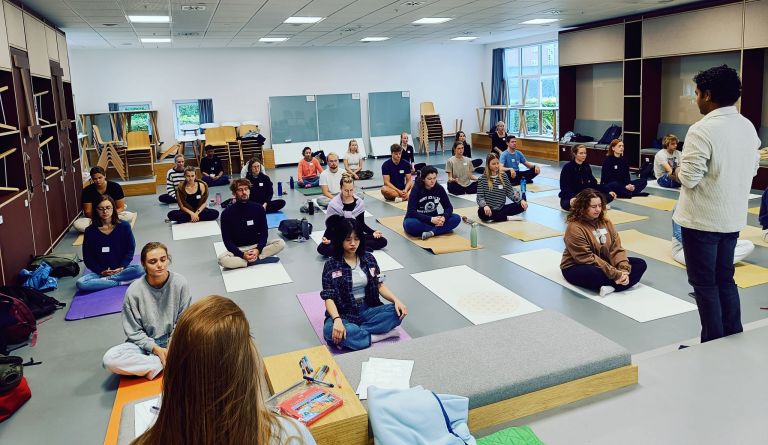











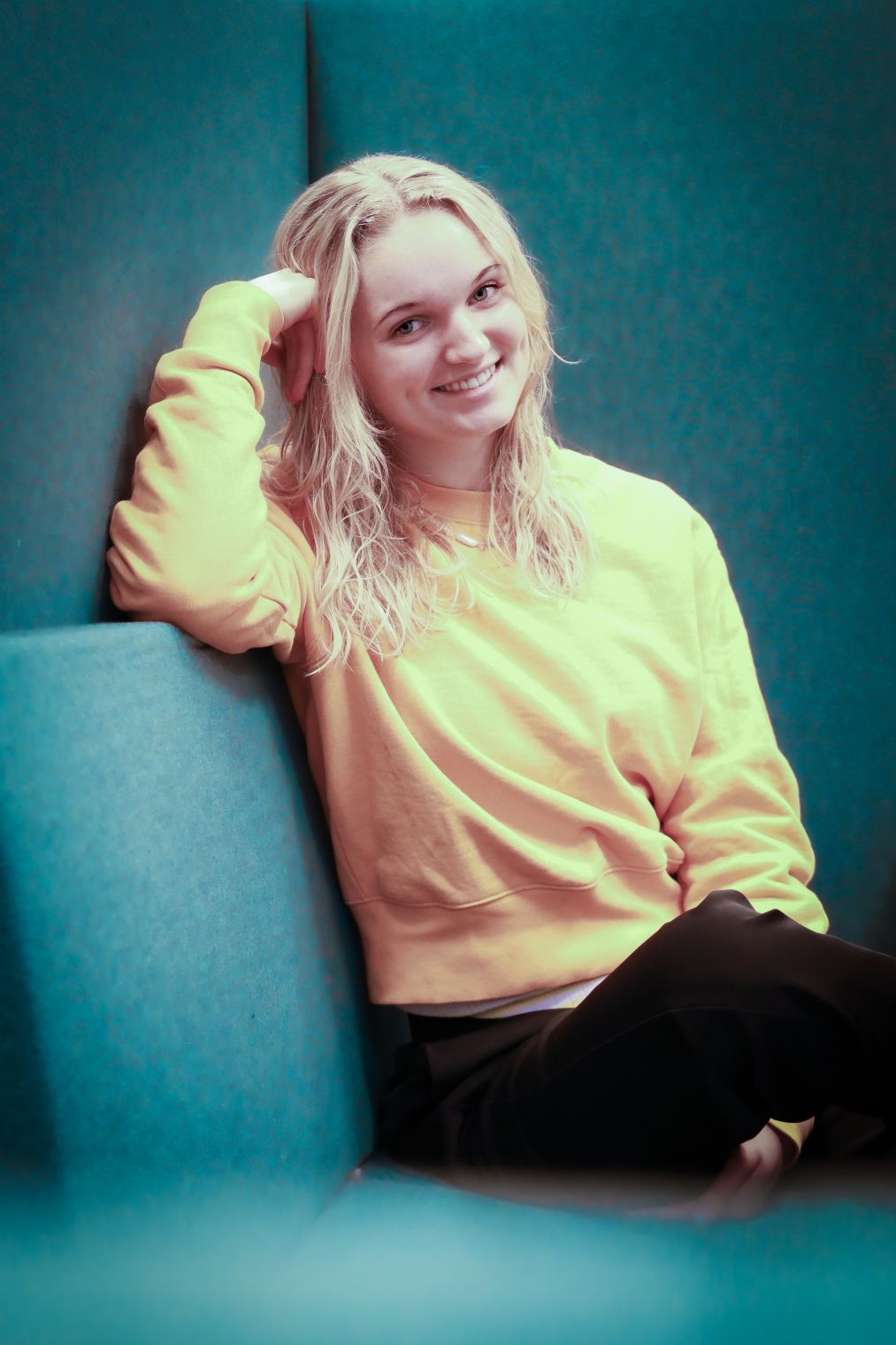





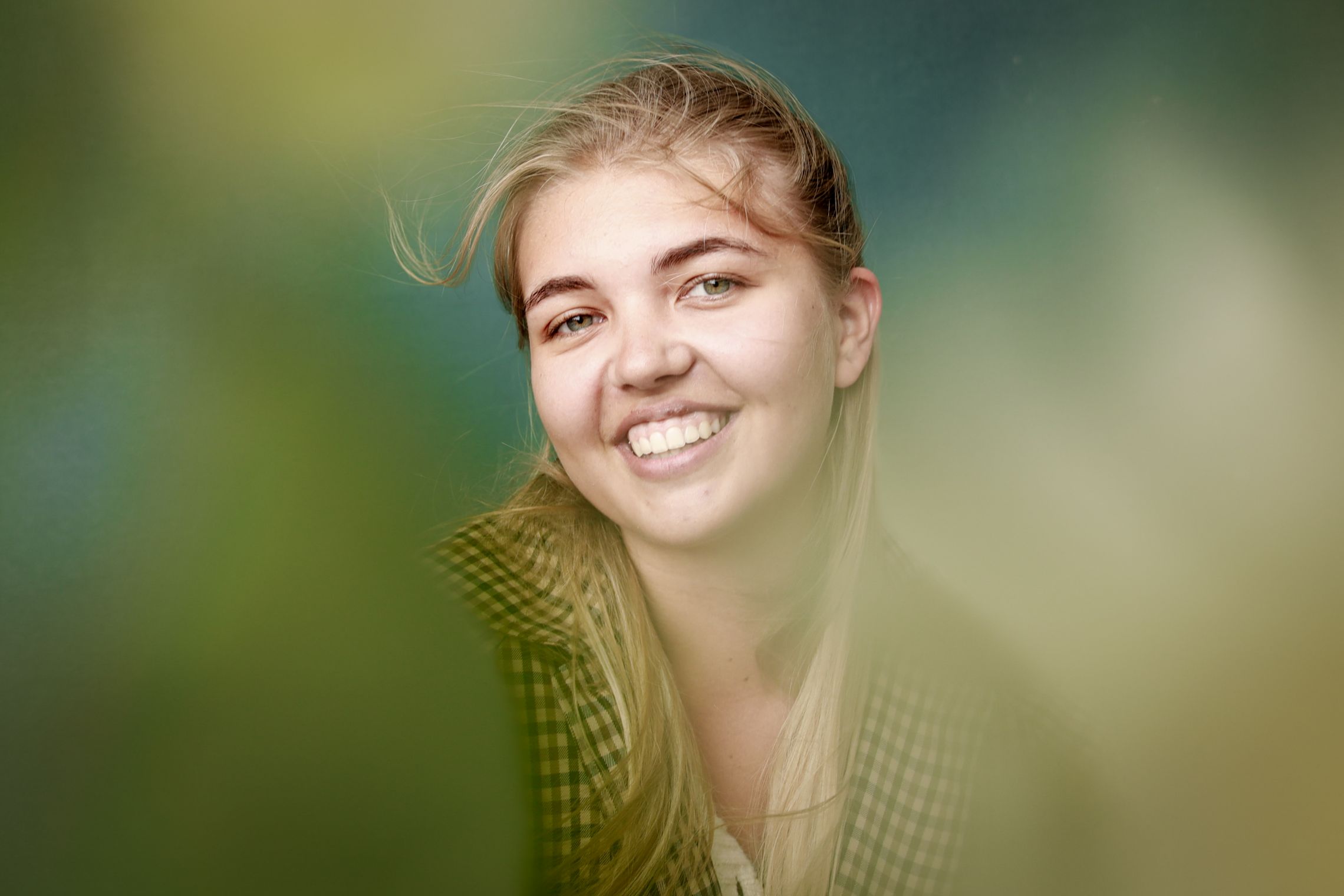


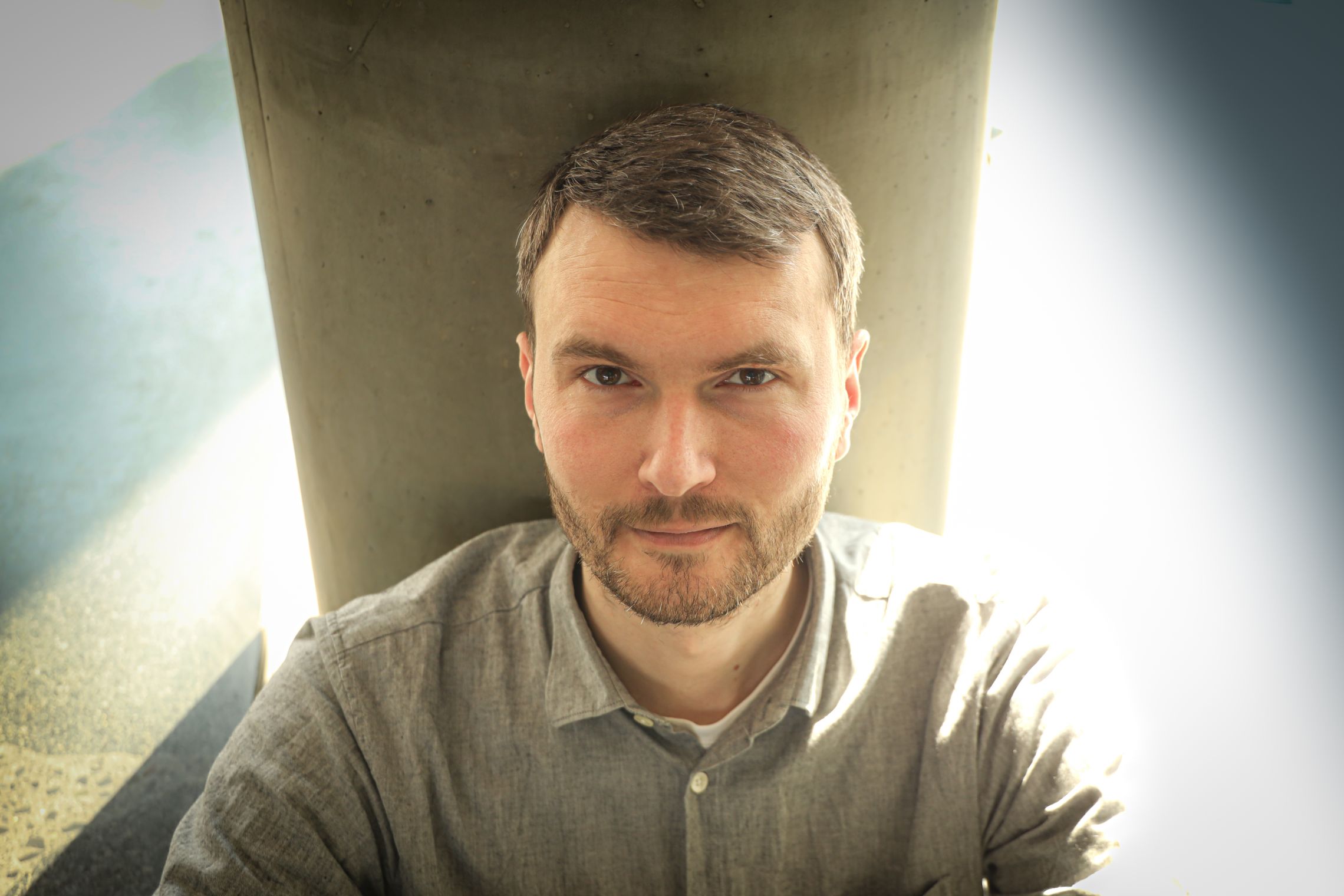








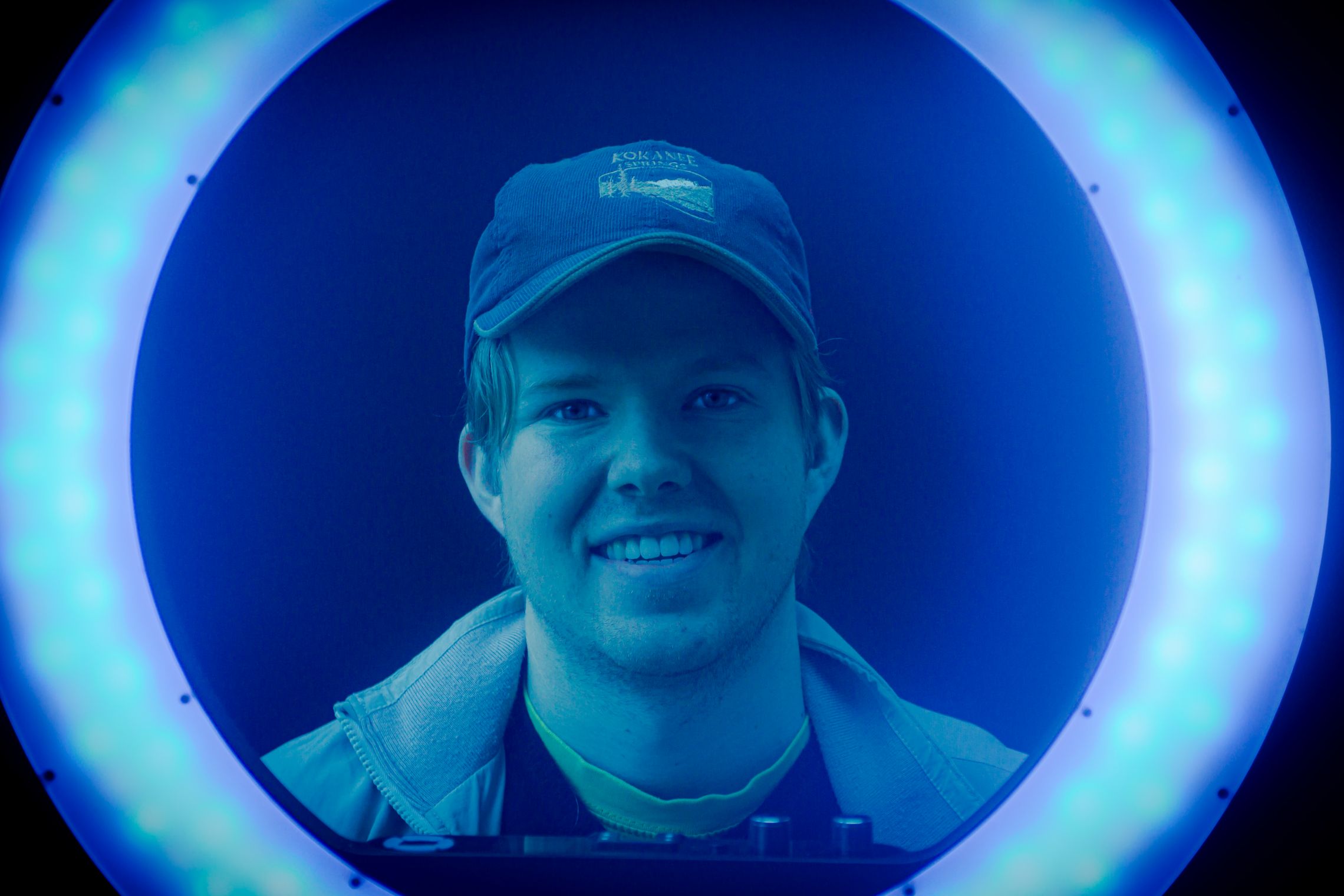
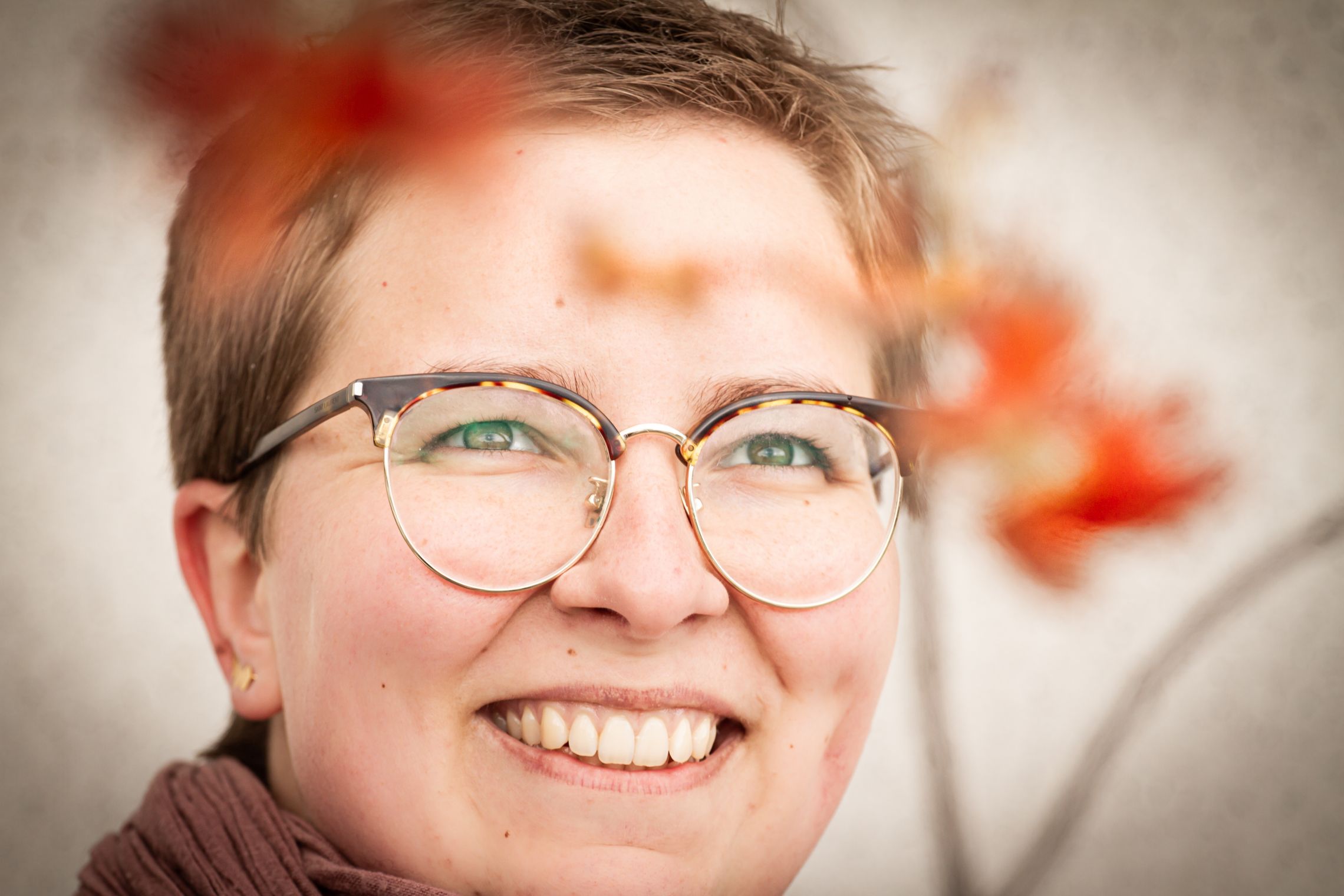











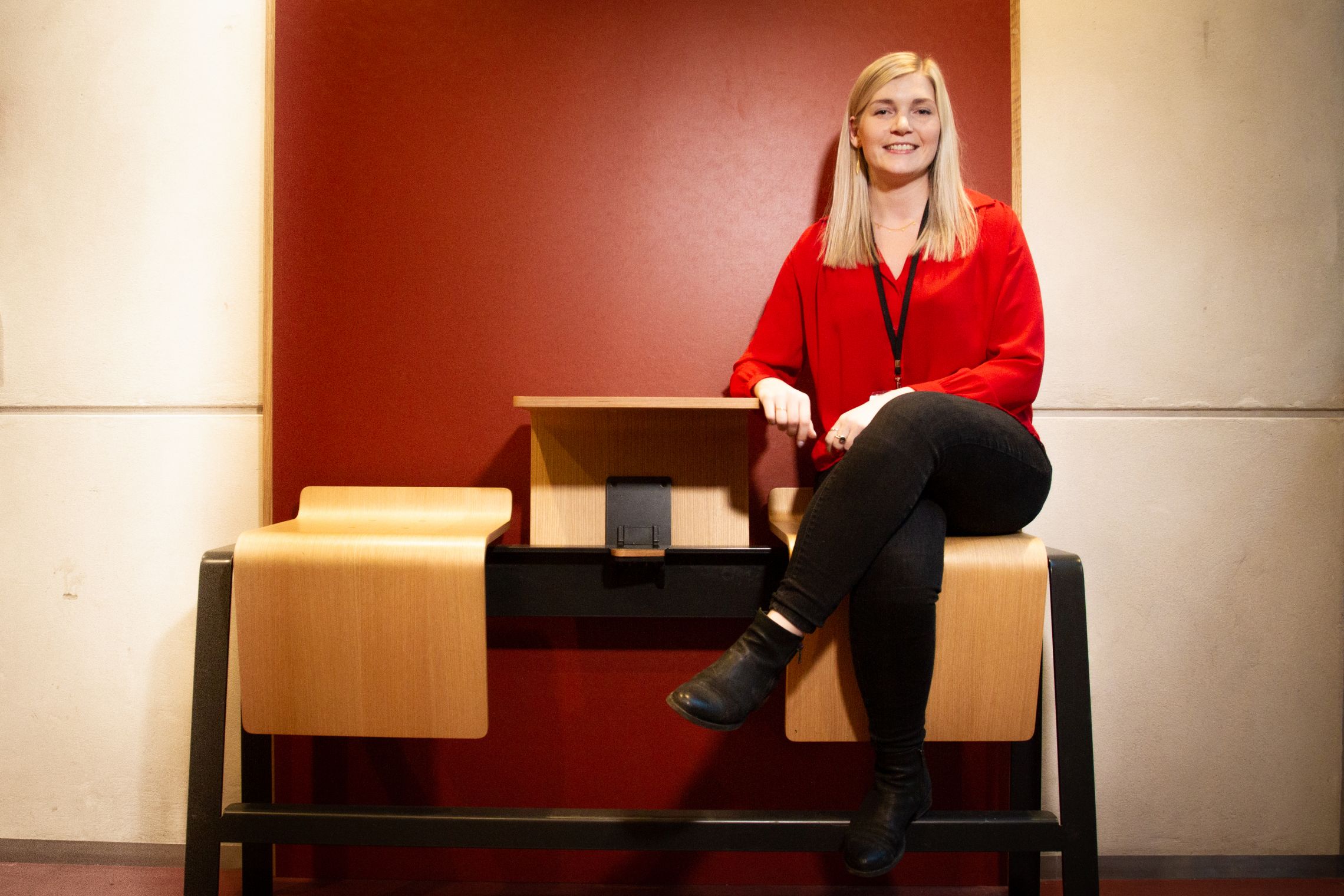


















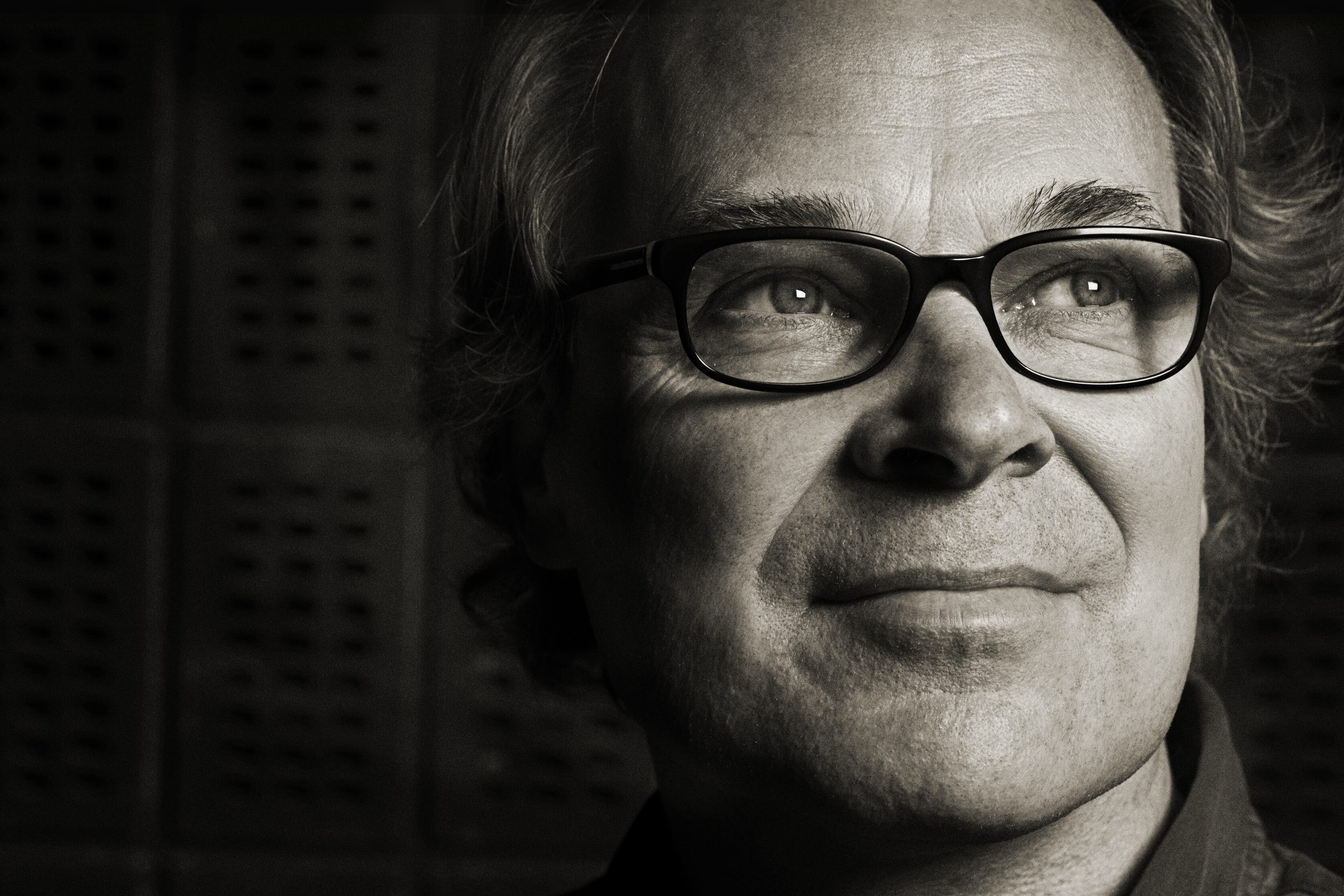






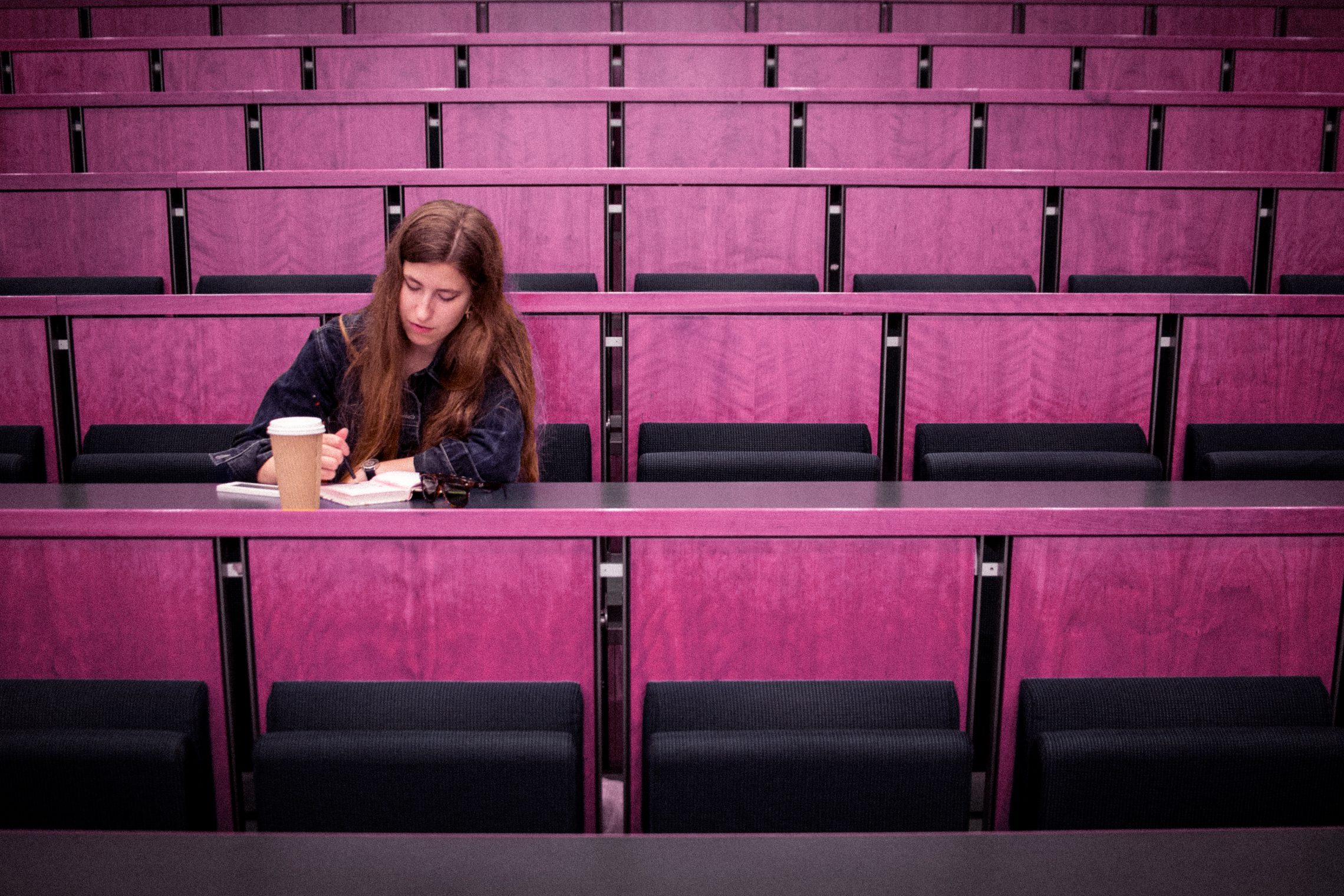

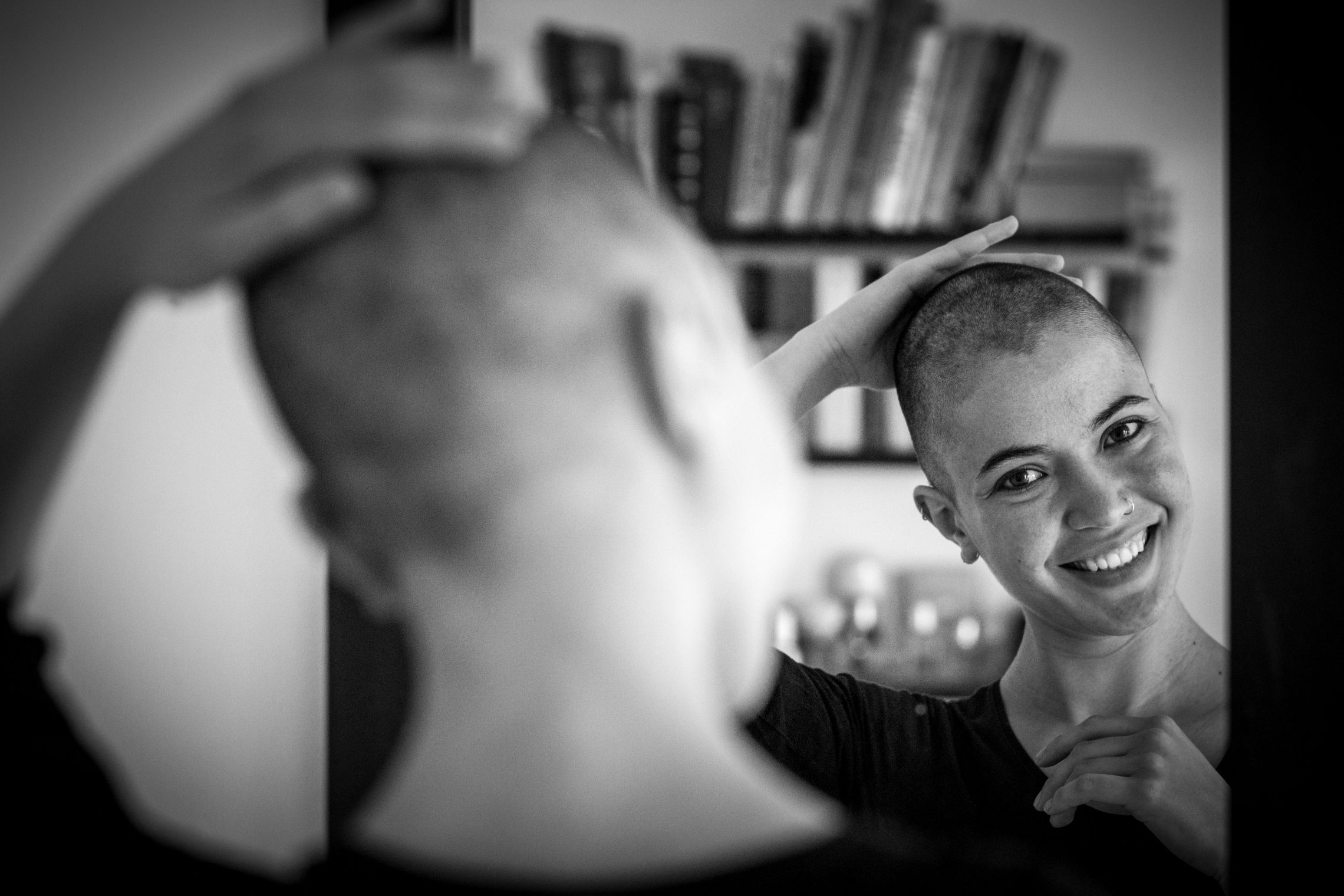












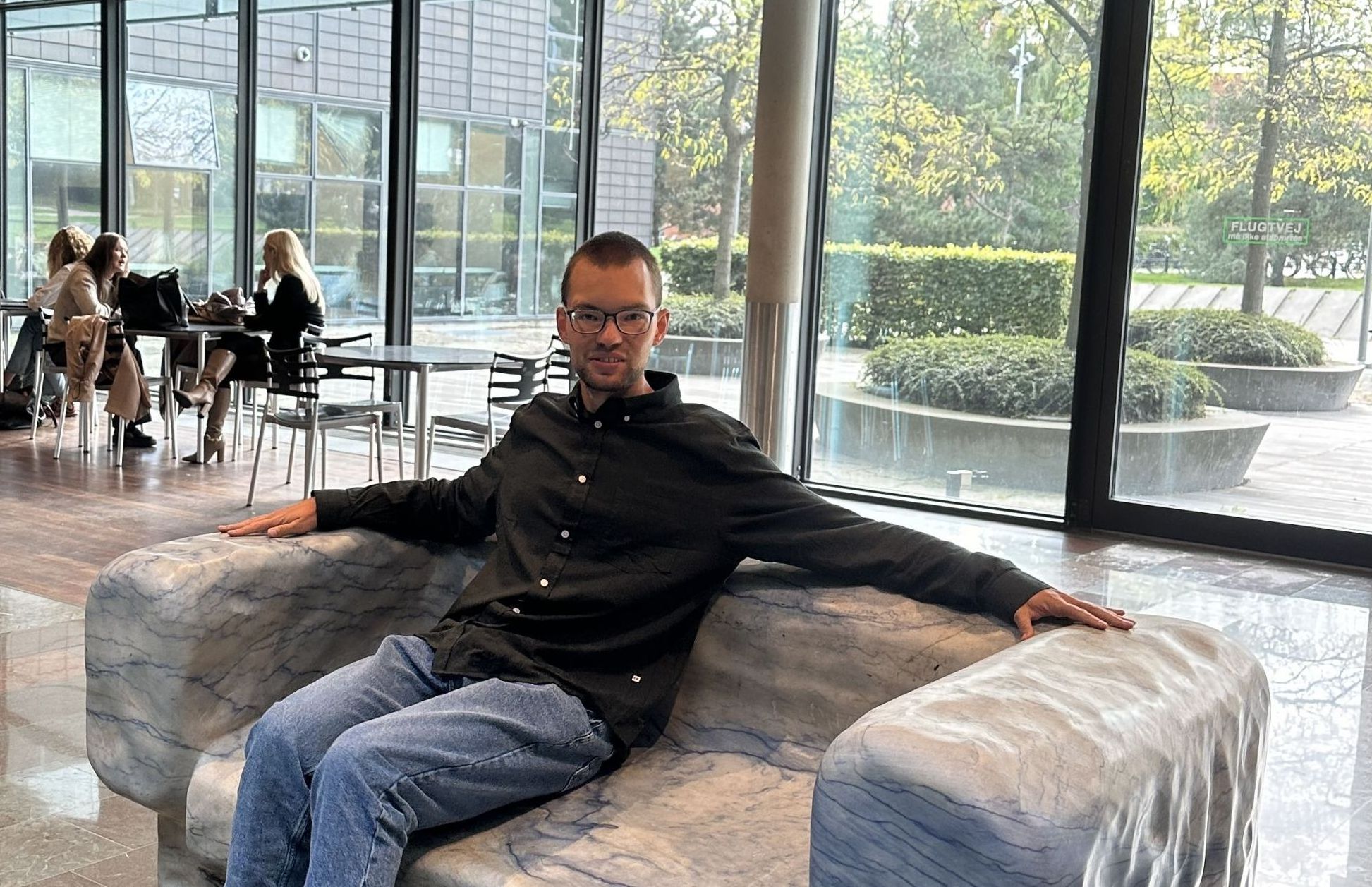




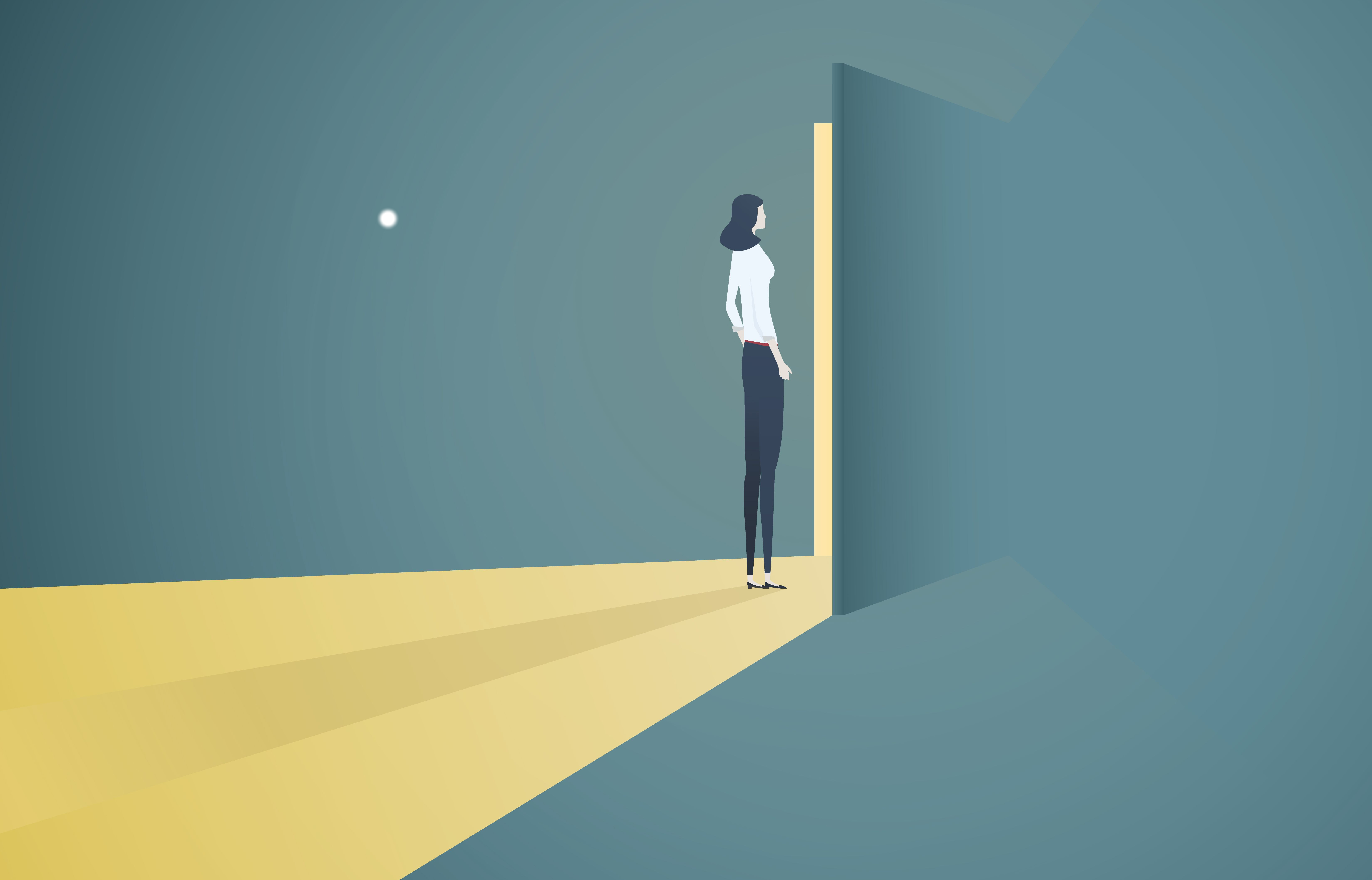





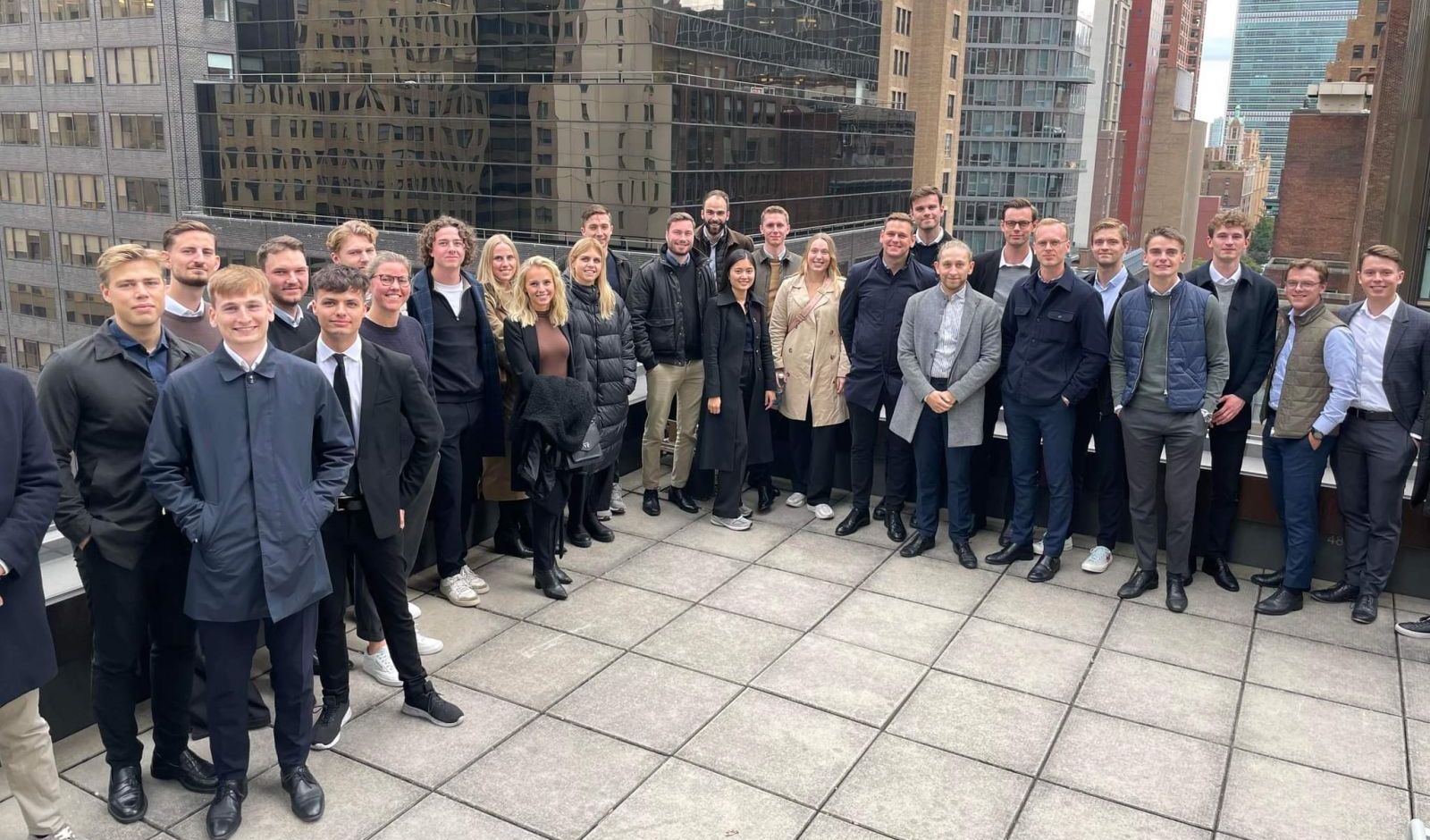



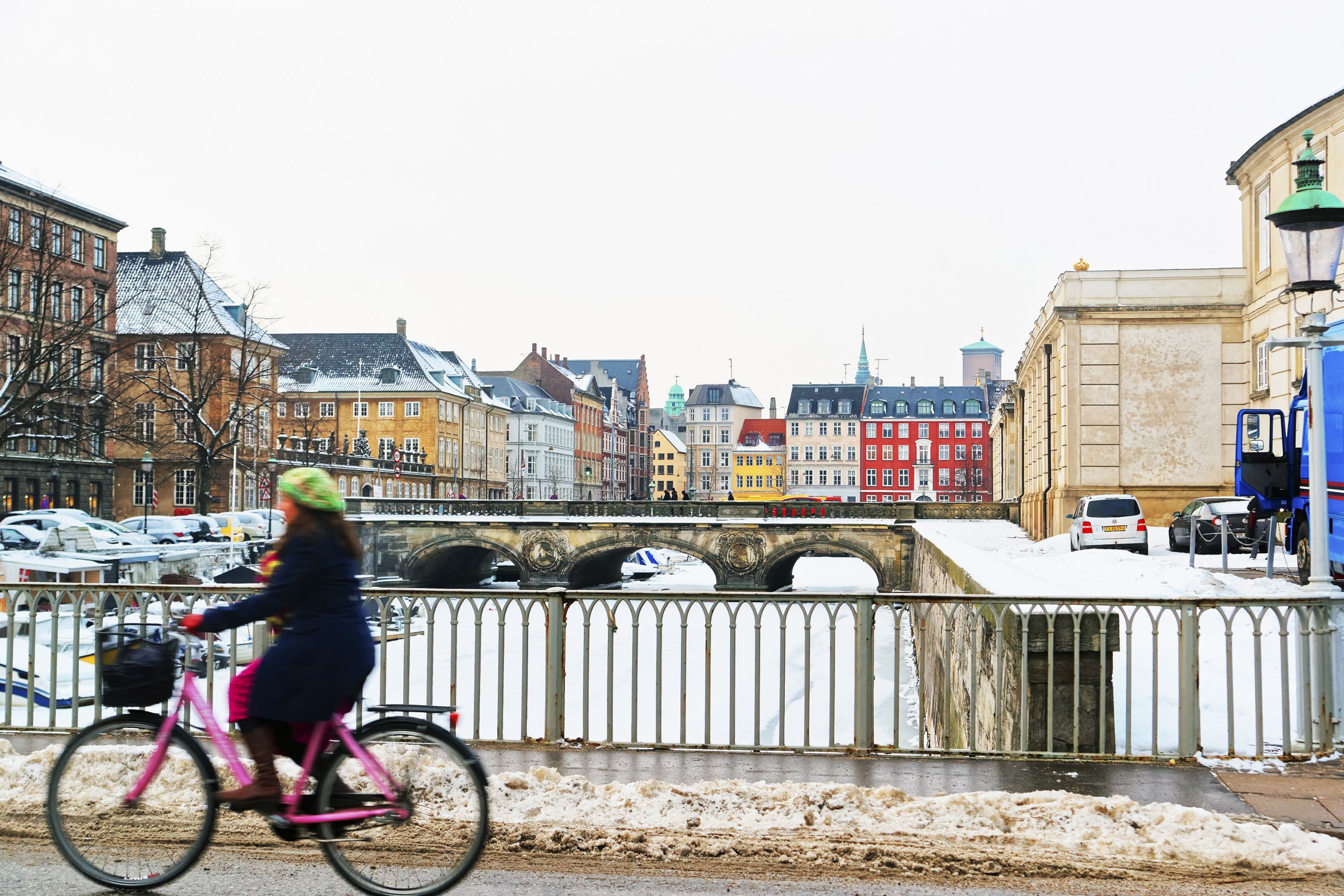














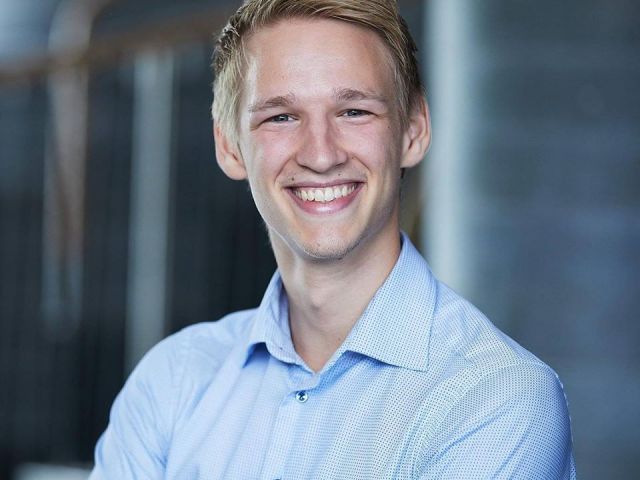









Comments